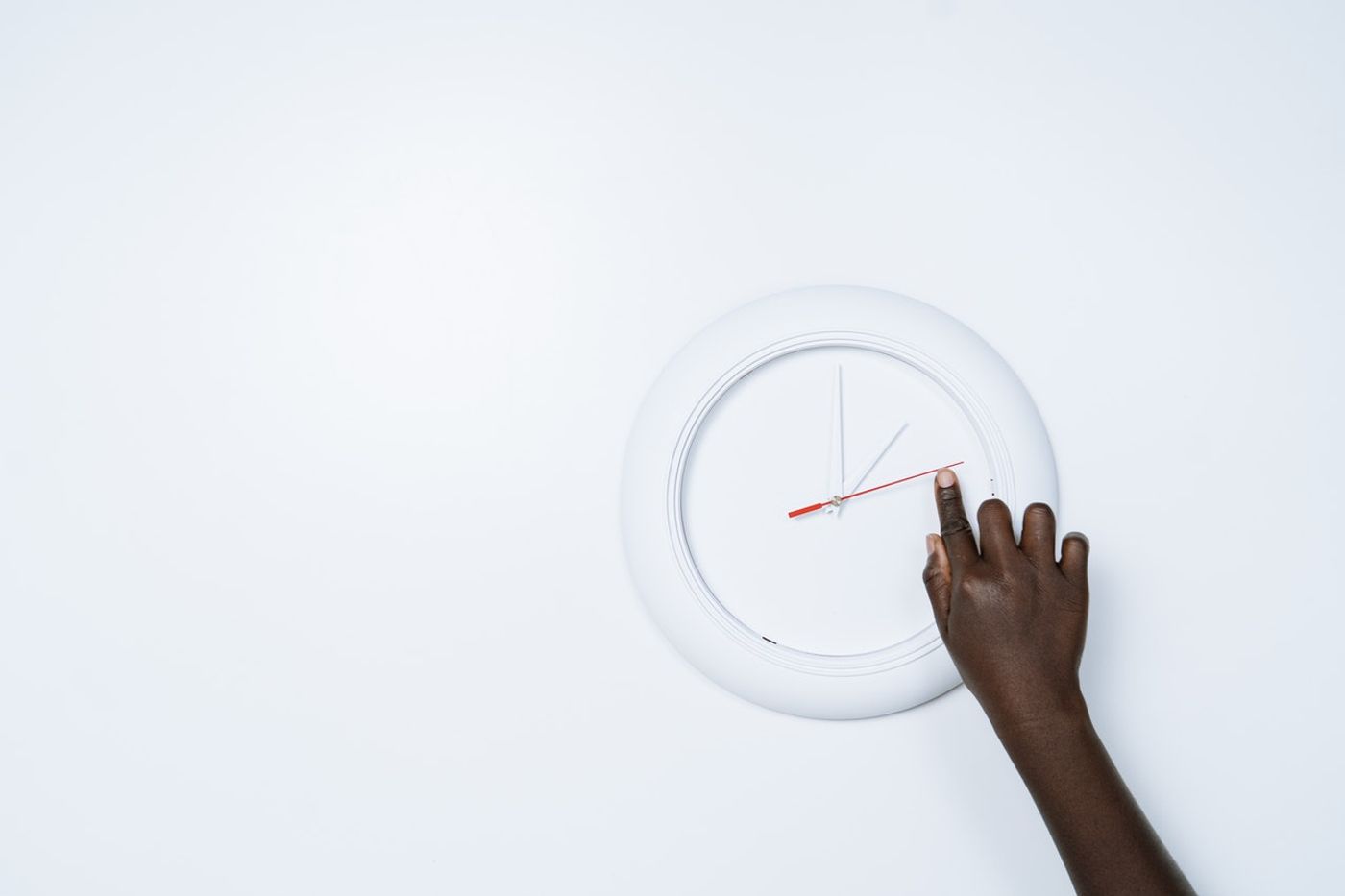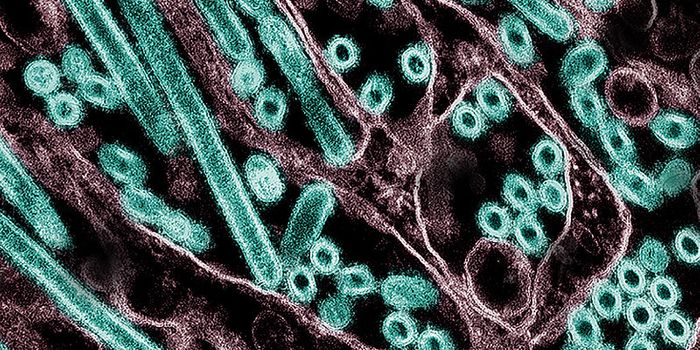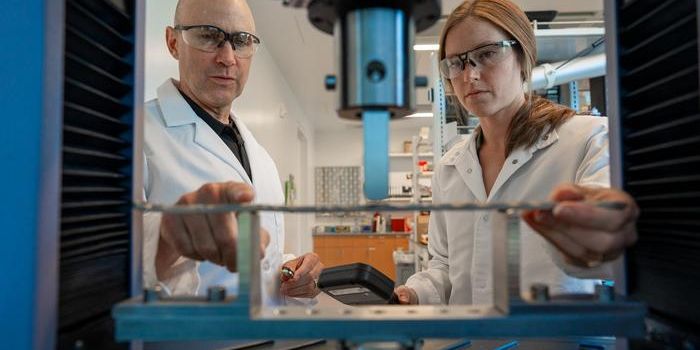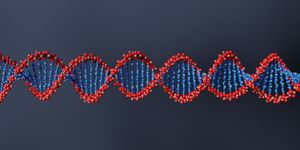Brain tumors are associated with low survival rates for a number of reasons. For one, malignant brain tumors often harbor a kaleidoscope of different cancer cells, each with its own signature mutations. Drugs that target one group of cells can leave others completely unscathed. Surgical approaches to remove tumors are equally challenging—tumors often grow a network of root-like projections into healthy tissues, making it difficult to remove them altogether.
Another major hurdle is the brain’s gatekeeper, the blood-brain barrier. This network of fine blood vessels waves necessary nutrients through but blocks potentially harmful molecules (which include chemotherapies) from getting to the brain. With brain tumors walled off behind the blood-brain barrier, many potentially effective treatments simply can’t get to them.
West Virginia University researchers have been chasing a hypothesis about the blood-brain barrier—that it’s more dynamic than previously thought. Scientists led by William Walker discovered that their hunch turned out to be true. The permeability of the blood-brain barrier rises and dips over the course of the day, a characteristic that could be leveraged to boost the effectiveness of brain tumor therapeutics.
Walker’s team performed a series of experiments in an animal model of breast cancer, in which some of the primary tumor cells had broken off and traveled to the brain. One group of mice received chemotherapy treatments in the light (to mimic their resting phase, since mice are nocturnal). The other received the drugs in the dark.
Fascinatingly, animals treated in the dark showed a significant reduction in brain tumor cells over the ones that were treated in the light. In addition, the dark group showed reduced signs of the neurological symptoms of advanced brain tumors, such as loss of motor control and balance issues. Their survival rate also increased by about 20 percent.
Over 24,000 adults in the U.S. will be diagnosed with a primary tumor of the brain and spinal cord this year. On top of that, between 24 and 45 percent of all cancer patients will experience metastatic tumors in the brain, the most common cause of masses and lesions in the brain.
Is this a case in support of this so-called chrono-chemotherapy approach? For now, many unanswered questions remain, such as whether human blood-brain barriers fluctuate in a similar pattern to those of mice. It’s also still unclear whether the differences observed stemmed from the effect of light exposure or the time of day.
Walker aims to bridge some of these knowledge gaps in follow-up studies. Critically, Walker calls for these and other findings to be considered when shaping best practices for patient care. “Chrono-chemotherapy has been shown to be beneficial for years—in terms of peripheral cancer—but for some reason, that basic science is not being translated to clinical practice,” said Walker.









